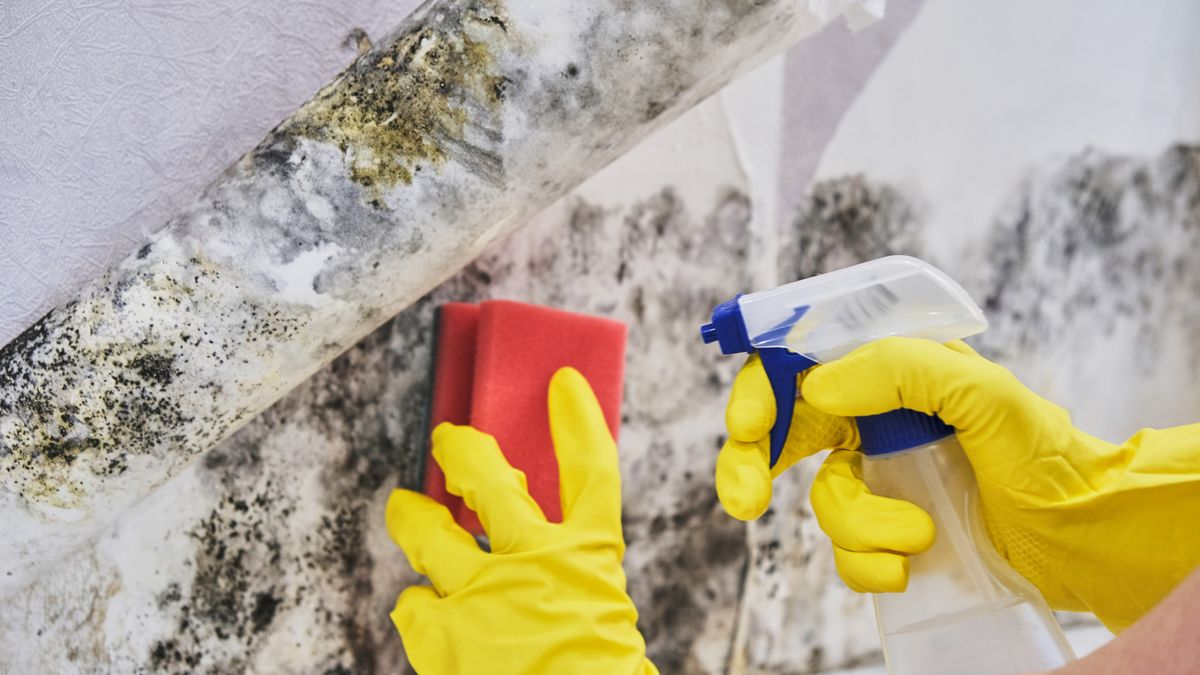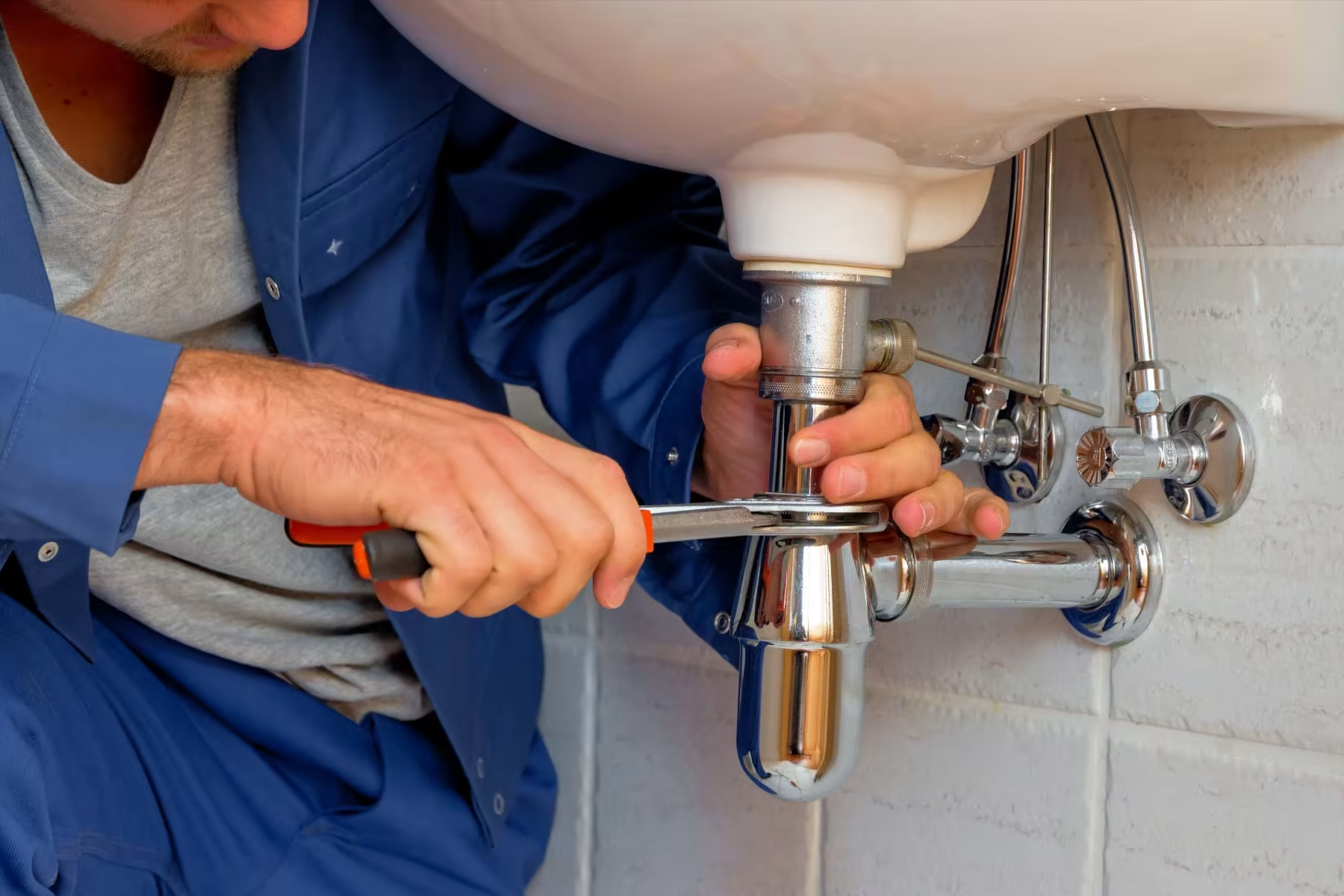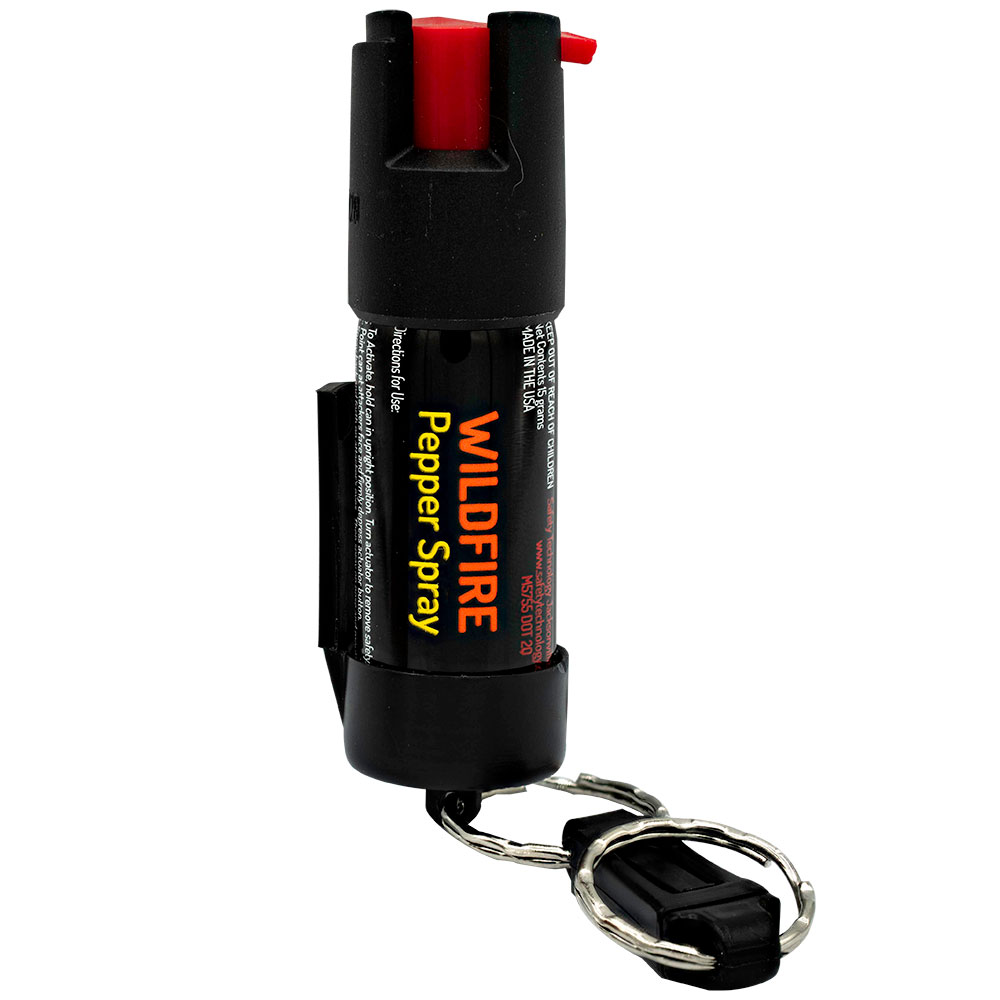Precision and detail are everything when it comes to understanding the internal structure of complex materials and components. Whether you’re working in electronics, aerospace, semiconductors, or biomedical research, accurate cross sectioning can mean the difference between success and failure. That’s why more professionals trust Cross Section Lab—a leader in high-quality, lab-grade cross sectioning services. With a team of experts, cutting-edge tools, and decades of experience, Cross Section Lab has positioned itself as the premier destination for those seeking reliable internal structural analysis.
The Science and Significance of Cross Sectioning
At its core, cross sectioning is a powerful analytical method that involves cutting through a material or device to reveal its internal features. This allows engineers and scientists to inspect layers, interfaces, voids, and defects that are otherwise hidden from the naked eye. Think of cross sectioning like slicing through a layered cake—only here, you’re working with multilayer PCBs, silicon wafers, composites, or metal alloys instead of frosting and sponge.
What makes cross sectioning such a valuable tool is its ability to expose structural realities in a way that no other method can. Surface imaging might give some clues, but only by examining the interior can you understand true material integrity, layer thickness, adhesion quality, or failure points. Cross Section Lab specializes in turning this science into a refined, repeatable process that delivers results you can count on.
Why Precision Matters in Cross Sectioning
In industries where every micron matters, cross sectioning must be handled with extreme care and attention to detail. A poorly prepared sample can mislead analysts, introducing artifacts or damaging the very features that need to be studied. That’s why companies that value accuracy consistently turn to Cross Section Lab. Their facility is equipped with specialized tools—from diamond saws and automated polishing systems to focused ion beam (FIB) technology—designed for precise cross sectioning across a wide range of materials.
The expertise behind the equipment is just as important. Technicians at Cross Section Lab understand how to adapt techniques depending on the sample’s characteristics. A delicate microelectronic device requires a completely different cross sectioning approach compared to a rugged composite material. Through years of refinement, the lab has developed protocols that minimize damage, reduce preparation time, and maximize the visibility of internal structures.
A Cross Sectioning Partner for Every Industry
Cross Section Lab is not limited to a single industry; in fact, their cross sectioning services are designed to meet the demands of a wide array of sectors. In electronics and semiconductors, they help verify circuit layer integrity, solder joint formation, and potential failure mechanisms. In aerospace and automotive industries, their techniques reveal bonding issues, delamination, and the internal structure of advanced composites. Biomedical clients rely on cross sectioning to assess implants, coatings, and tissue-device interactions with microscopic clarity.
This breadth of application showcases just how fundamental cross sectioning has become in modern manufacturing and research. As materials and components become smaller and more complex, the need for high-resolution internal analysis grows exponentially. Cross Section Lab stands ready to meet that demand with unmatched professionalism and scientific rigor.
Techniques and Technology Behind Cross Sectioning
The process of cross sectioning begins with careful sample preparation. Depending on the material and desired area of analysis, the sample may be embedded in resin to provide stability. Then, it’s sectioned using high-precision saws capable of micron-level accuracy. Following the initial cut, polishing is critical to produce a smooth surface suitable for microscopic imaging.
For ultra-high-resolution requirements, Cross Section Lab employs FIB cross sectioning. This advanced technique uses a focused beam of ions to mill away material, allowing researchers to target features as small as a few nanometers. Combined with scanning electron microscopy (SEM), this method provides exceptional detail for inspecting thin films, microelectromechanical systems (MEMS), and nanodevices.
Imaging techniques following cross sectioning vary depending on the investigation. Optical microscopy is often used for initial overviews, but deeper insight requires SEM or transmission electron microscopy (TEM). Energy dispersive spectroscopy (EDS) may be applied to analyze the elemental composition of the cross sectioned area, giving a complete picture of both structure and material.
The Cross Section Lab Difference
What truly sets Cross Section Lab apart is not just their equipment or techniques—it’s their commitment to quality and partnership. Their team doesn’t treat cross sectioning as a one-size-fits-all procedure. Each project is carefully reviewed to determine the optimal approach, ensuring the resulting cross sectioning offers the clearest, most reliable insight.
Clients choose Cross Section Lab because they value trust, consistency, and precision. Whether it’s a one-time failure analysis or an ongoing quality control program, the lab delivers fast turnaround and accurate documentation. Reports include detailed imaging, dimensional analysis, and expert interpretation—transforming raw cross sectioning data into actionable conclusions.
Common Challenges in Cross Sectioning
Despite its power, cross sectioning is a technically demanding process. Different materials pose different challenges. Metals might smear during polishing, ceramics can chip easily, and polymers may deform under heat or pressure. Improper handling at any stage of the process can obscure features or create misleading results.
Cross Section Lab has developed solutions for these challenges through adaptive methodology. They select appropriate abrasives, cooling techniques, and embedding materials based on the sample’s nature. Their deep understanding of how various materials behave during cross sectioning ensures that each result is as accurate and representative as possible.
The Future of Cross Sectioning
As science and engineering move into the realms of nanotechnology, wearable electronics, and bio-integrated systems, cross sectioning must evolve to keep up. The demand for sub-micron resolution and multi-material analysis will only grow. Cross Section Lab is already investing in the future, expanding their FIB-SEM capabilities, enhancing automation, and exploring AI-driven image analysis.
The integration of digital tools will make cross sectioning more efficient and even more insightful. High-throughput workflows and real-time feedback loops are already being explored to allow for rapid process development and quality assurance. Cross Section Lab’s ongoing commitment to innovation ensures they’ll continue to lead the field for years to come.
Conclusion: Trust the Experts in Cross Sectioning
When it comes to revealing what lies beneath the surface, cross sectioning remains the gold standard. And when accuracy, reliability, and deep expertise are non-negotiable, Cross Section Lab is the name that professionals turn to. Their lab-grade approach to cross sectioning is more than just technical—it’s about providing the clarity needed to solve problems, optimize designs, and ensure excellence.
Cross Section Lab’s reputation as cross sectioning experts is well-earned, and their services continue to play a vital role in advancing industries around the world. If your goal is clear, repeatable insight into your components or materials, then it’s time to work with the specialists who understand every layer—Cross Section Lab.











Leave a Reply